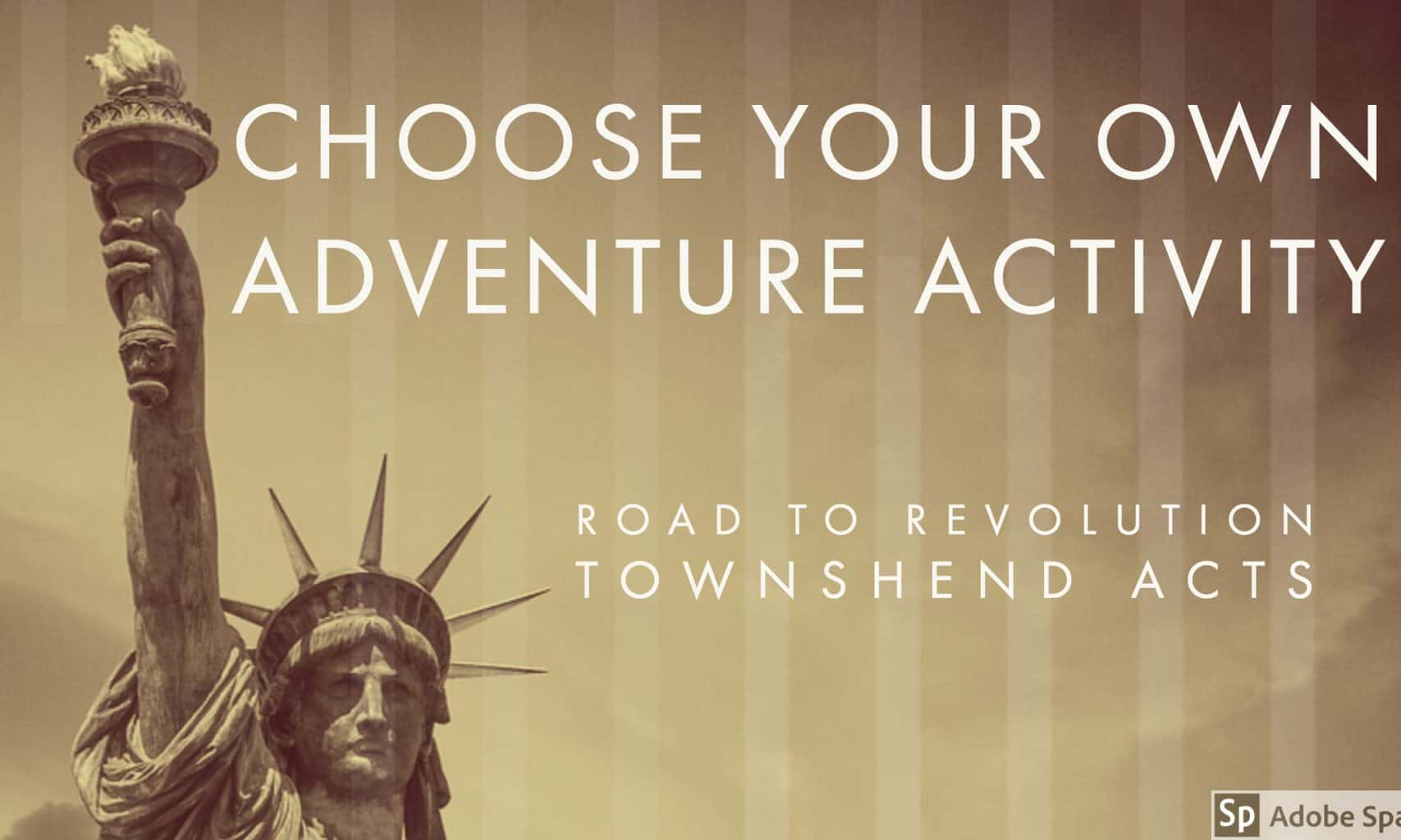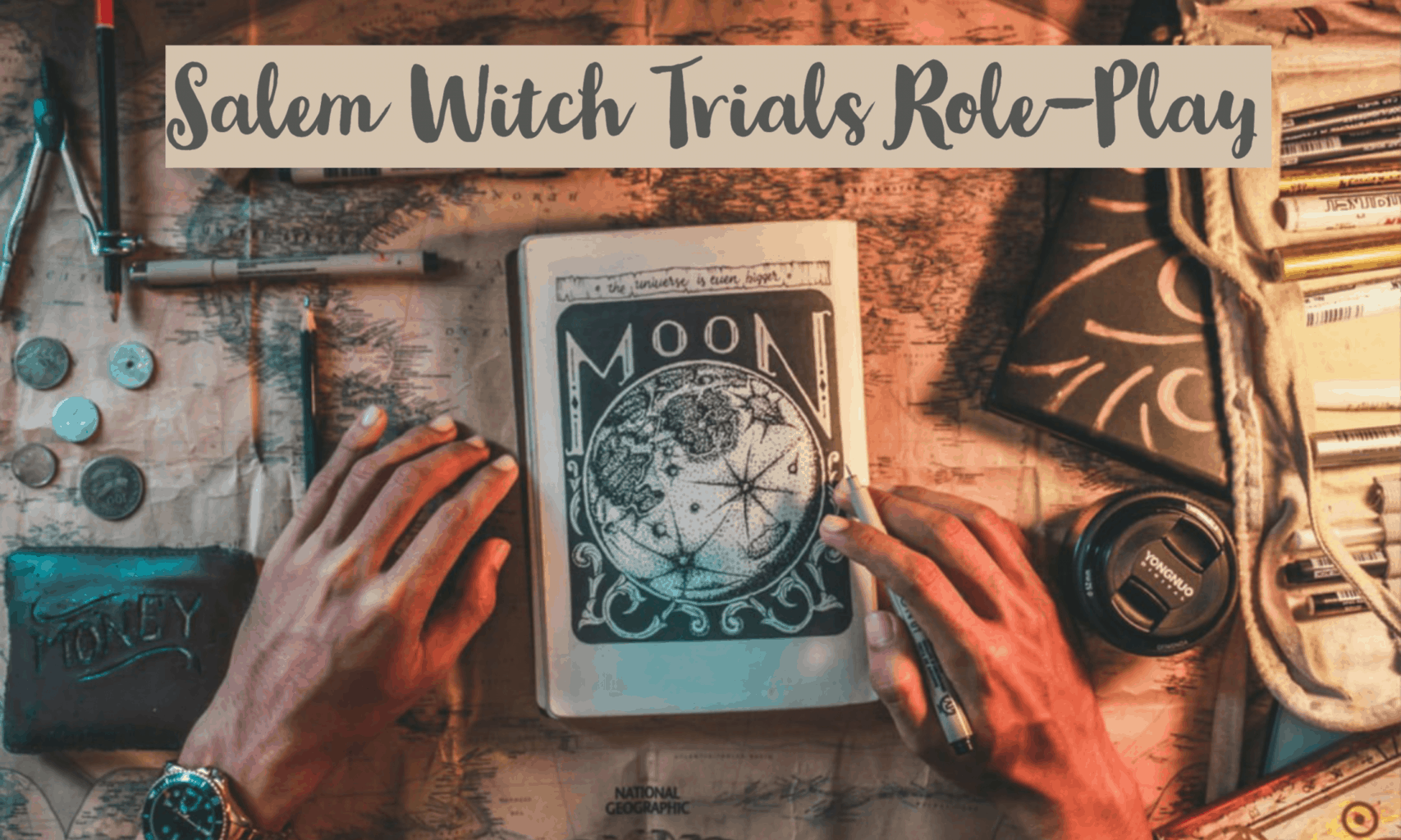
The purpose of this lesson is to look at federal taxes as the main government revenue source and the implications of federal tax cuts. We will also consider the current national deficit and who is profiting from the deficit.
I will walk students through a brief review of federal tax revenue and the deficit to give context. I will be presenting a video and sharing text by Robert Reich, as well. I will provide students with close reading prompts for the video presentation. I will also include a reading log to accompany the article text.
Prior to the review, students will have an opportunity to recall and share a few pieces of previous knowledge regarding federal tax revenue and/or the deficit.The students will be watching a Robert Reich video “The Yuge Republican Lie About The Deficit” (3:00), and will consider some close reading prompt regarding Reich’s claims, reasoning and evidence. We will discuss. Students will then read “The Big Economic Switcheroo” by Robert Reich. They will note in a log: important ideas and information. Another column offers space for thoughts, feelings, and questions about the text. Students will then pair-share their insights and apply a close-reading lens to their discussion.
The resources for the lesson include my powerpoint presentation, Robert Reich’s video: “The Yuge Republican Lie About The Deficit” (https://robertreich.org/post/183414097535), and the text of his video: “The Big Economic Switcheroo” (https://robertreich.org/post/181848967520).





